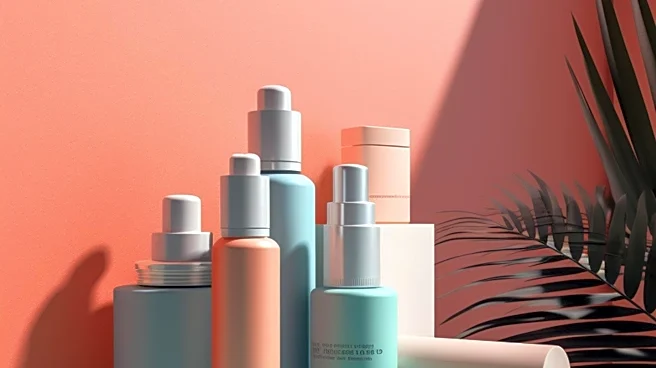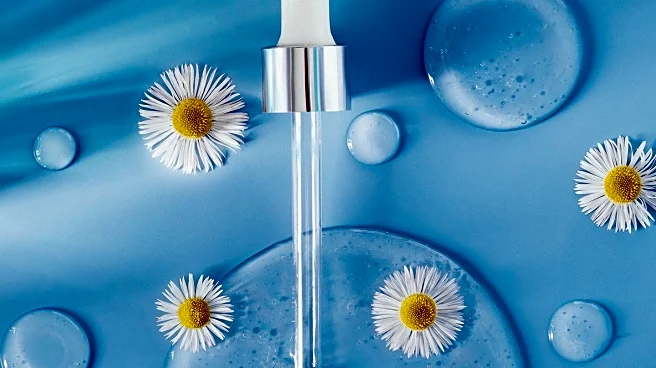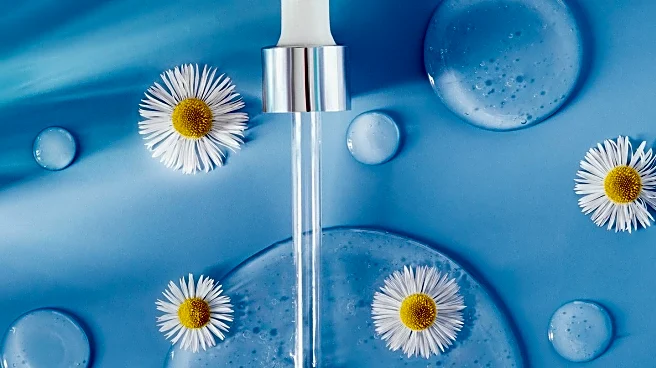What's Happening?
Recent findings reveal that many beauty and personal care products continue to contain potentially hazardous chemicals, despite some progress in the industry. A report by ChemFORWARD highlights that 52%
of cosmetics in the U.S. and Canada contain PFAS, known hormone disruptors linked to health concerns. High levels of these chemicals were found in products like waterproof mascara and long-lasting lipstick. The report also notes that 88% of products with PFAS do not disclose their presence on labels, leaving consumers unaware of potential risks. While some progress has been made, with a 2% reduction in chemicals of concern, nearly 4% of products still frequently use high hazard chemicals. The report analyzed nearly 50,000 products, finding that over 24% of chemicals could not be assessed due to insufficient safety data.
Why It's Important?
The presence of hazardous chemicals in beauty products poses significant health risks to consumers, particularly as many of these chemicals are not disclosed on product labels. This lack of transparency leaves consumers vulnerable to potential hormone disruption and other health issues. The findings are particularly concerning for products marketed to Black women, which have been known to contain toxic ingredients like formaldehyde. The report underscores the need for greater industry cooperation to manage toxic chemical exposure and highlights the importance of consumer awareness in making informed choices. The ongoing use of these chemicals also raises environmental concerns, as some are harmful to aquatic life.
What's Next?
The beauty industry faces pressure to increase transparency and reduce the use of hazardous chemicals. Organizations like ChemFORWARD and the Environmental Working Group advocate for safer alternatives and better labeling practices. As more manufacturers join initiatives like the Know Better, Do Better Collaborative, there is potential for a shift towards safer products. However, the challenge remains in ensuring that these changes are implemented across the entire market, not just by select brands. Consumers are encouraged to stay informed and check product labels for known hazardous ingredients.
Beyond the Headlines
The issue of hazardous chemicals in beauty products highlights broader ethical and regulatory challenges in the industry. The lack of comprehensive safety data for many ingredients points to a significant gap in consumer protection. This situation calls for stronger regulatory frameworks and industry accountability to ensure consumer safety. Additionally, the cultural implications of marketing potentially harmful products to specific demographics, such as Black women, raise questions about equity and representation in the beauty industry.













